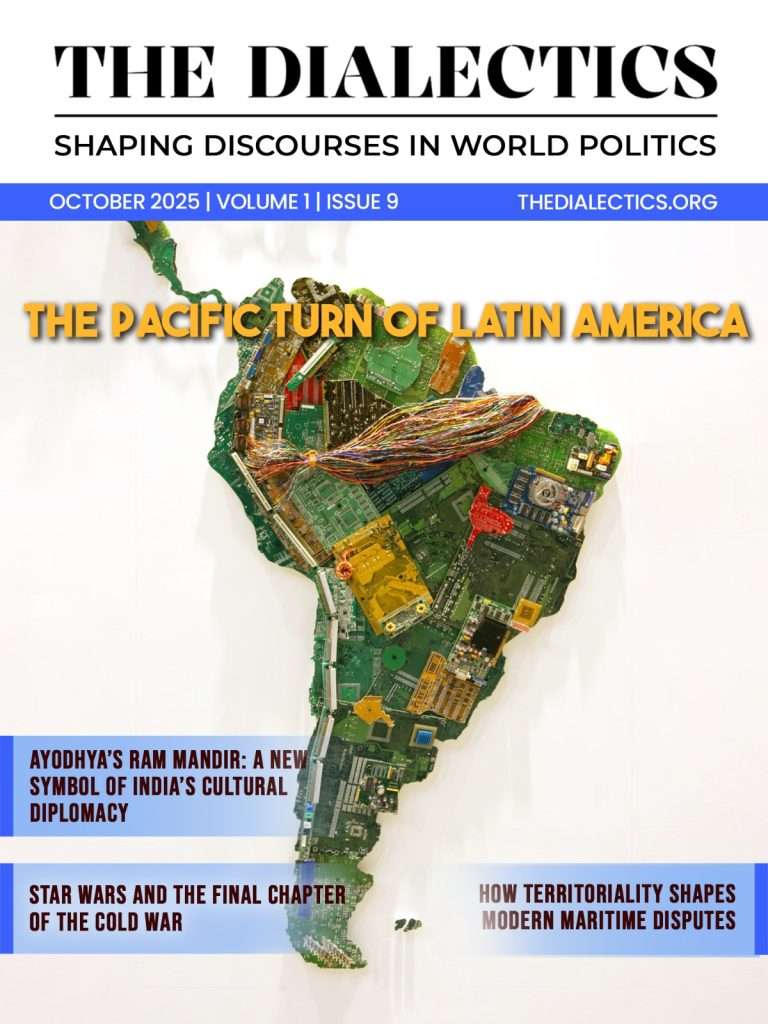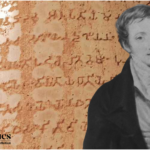In Nicholas B. Dirks’s words, Colonial conquest was not just the result of the power of superior arms, military organisation, political power or economic wealth as important as these things were. Colonialism was made possible and then sustained and strengthened as much by cultural technologies of rule as it was by the more obvious and brutal modes of conquest that first established power on foreign shores (Dirks 1928: ix). Similarly, Edward Said’s Culture and Imperialism begins from the premise that the institutional, political and economic operations of imperialism are nothing without the power of the culture that maintains them.
Portuguese Legacy in Goa
Portugal, recognised as the first European power to establish a colonial presence in India, was also the last to depart from its shores. Portuguese navigators ventured into the South Atlantic and Indian Oceans in search of Christians and spices. The Dominant themes of Portuguese Imperialism were Christianisation and acculturation (Kamat 1999: 38). Acculturation is the process of cultural change, taking place as a result of contact between cultural groups, occurring during colonisation, military invasion or migration (Berry 2022). The impact of Portuguese presence in India is essentially said to be ‘opera bouffe‘ which is strong on cultural aspects. On 25 November 1510, Afonso de Albuquerque captured the islands of Goa from the Bijapur Sultan. By 1542, the Portuguese annexed the lands of Bardez and Salcete. The territories of Tiswadi (Ilhas), Bardez and Salcete were designated as the ‘Old Conquest’ (Velhas Conquistas). By 1788, the modern territorial boundaries of Goa included the lands of ‘Old Conquest’ and Pernem, Bicholim, Sattari, Ponda, Sanguem, Quepem, and Canacona termed the ‘New Conquest’ (Novas Conquistas).
The Goa Inquisition and Cultural Transformation
In 1560, the Goa Inquisition was established to spread Christianity. This effort aimed to convert people not only to Christianity but also to the Lusitanian way of life since local customs and habits were considered ‘pagan.’ They had to take Portuguese names and speak Portuguese. When speaking of identity, starting with names, which are the first known signs of identity, it is recognized that this is how people are known and introduced to the world. This process is inherently language-dependent. The Portuguese burned early Konkani literature, claiming it promoted idolatry. (Kamat 1999: 43)
Furthermore, in Goa, the new converts were to stop singing Vovios (folk songs) and start eating pork, and beef, and drinking wine. They were required to dine at the table with cutlery and wear Western clothing like shirts, trousers, dresses, boots, and hats. They had to celebrate mass and other church feasts. The temples suffered destruction and every village in the old conquest is dominated by a huge church, many of which date to the period of the mid-sixteenth century and are centrally located on the sites of the village temple. The royal correspondence (the so-called ‘Monsoon letters’) to the viceroy and governors of the Estado da India throughout the sixteenth-century dealt with the topic of Hindu temples in Christian lands.
How Natives responded
Natives often reacted to conversion policies by escaping to areas beyond Portuguese control, referred to as ‘terra firme,’ ‘a outra banda,’ or the ‘land of the Moors.’ Many temples were maintained there, and Hindu ceremonies such as marriage, and thread ceremonies took place on the other side. The popular Goan folk song dekhni symbolises the desperation of the protagonist to cross the river, and go to the other side, paltodi (or Hindu side) to attend a wedding which was prohibited in the Portuguese territories of Goa.
From Cultural Influence to Cultural Amalgamation
The impact of Portuguese culture was felt more in architecture, arts and crafts, education, music, religion, clothing, and cuisine. The Portuguese brought European architecture to Goa. They built grand churches and convents. Today there are 200 grand houses from the Portuguese period. Many Catholic homes in villages in the old conquest decorated with flower-laden verandahs and brightly painted balconies could be mistaken for Lisbon neighborhoods. (Axelrod and Fuerch 1996: 410).
Goan Catholics embraced the Portuguese culture at the same time preserved the elements of their traditional culture. The language people speak has many Portuguese words. Several Portuguese dishes were added to the cuisine. Whereas, adding Hindu sweets during Christmas depicts the religious roots of the Catholics. The Portuguese colonial era in Goa has left a lasting legacy, where the blending of cultures is evident in various aspects of daily life. More than 450 years after the Portuguese attempted to remove the vestige of Hinduism from Goa, it remains transformed but in a vibrant form. This can be better explained with the example of the goddess Shantadurga, whose temple was originally located at Cuncolim. In the 1570s at the time of the destruction of temples, the idol was shifted to Fatorpa. During the Shigmo festival she is brought by a procession led by 12 tall colourful umbrellas (satryo) back to Cuncolim. The religious harmony in the festival of satryo is manifested, with Christians participating dressed in the typical Hindu attire of turbans and caps dancing with their umbrellas in the procession. Similarly, the Hindu festival of Lairayi which usually takes place in April or early May is held around the same time as the Feast of Nossa Senhora dos Milagres in Mapusa, making the two festivals ‘sister celebrations, is an example of a merging of Hindu and Catholic identities.




